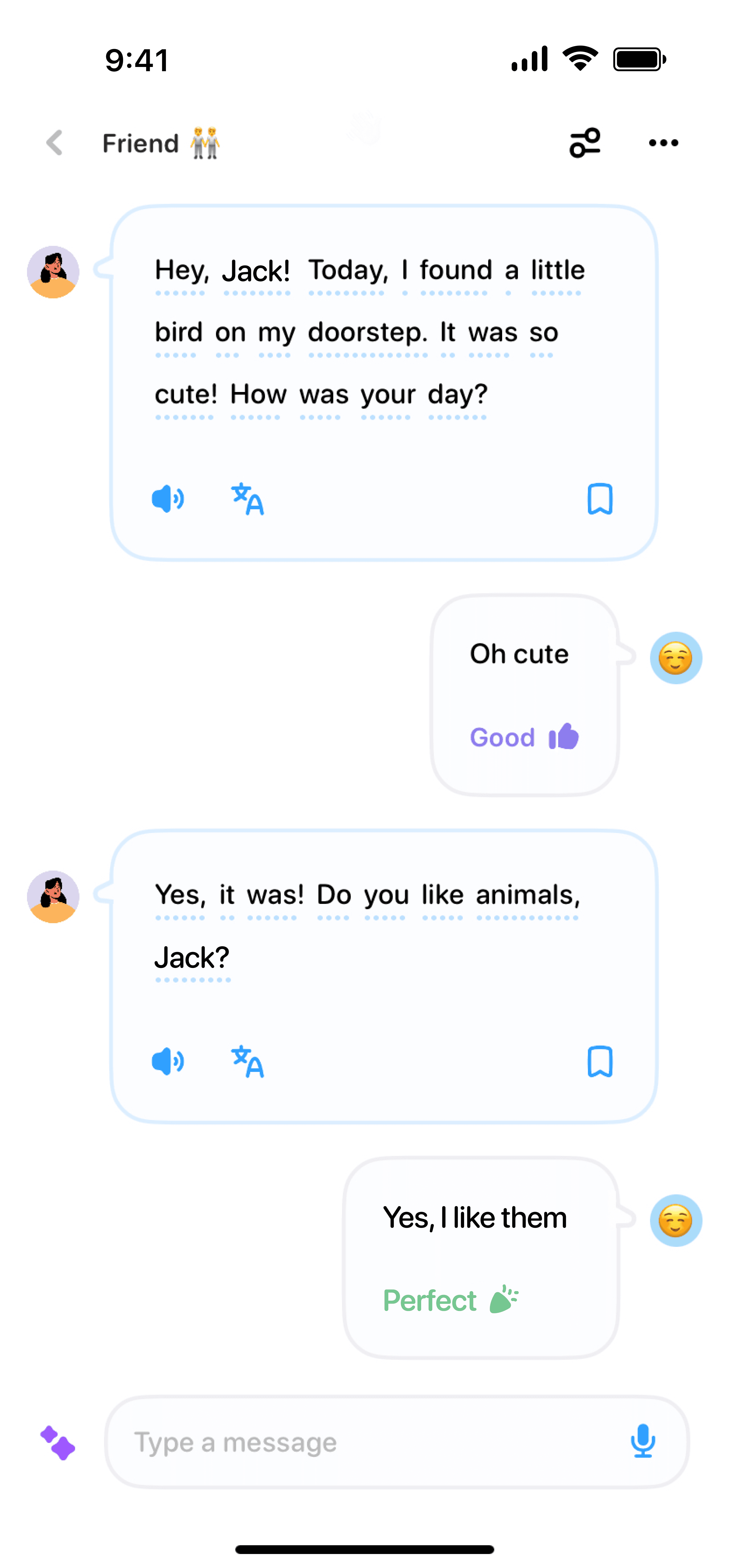04/21/2024
·
Emma Robbie
Ready to improve your English letter writing skills in just a few weeks? ✉️ Whether you're writing a formal letter for a job application or a casual note to a friend, mastering the art of letter writing can help you sound more professional and authentic. Follow this guide to learn how to write in English effortlessly!
Step 1: Understand the Basics of English Letter Writing
Before you dive in, it’s important to learn the fundamental structure of a letter. Most English letters follow a similar format, which makes the process easier once you get the hang of it. Here are the essential elements:
Heading: Your address and the date.
Recipient's Address: The address of the person you're writing to (only for formal letters).
Greeting: A polite way to start your letter (e.g., "Dear Mr. Smith").
Body: The main content of your letter, broken into paragraphs.
Closing: A polite way to end your letter (e.g., "Sincerely," "Best regards").
Signature: Your name.
Step 2: Get Familiar with Different Types of Letters
The tone and style of your letter will depend on its purpose. Here are a few common types of letters you might need to write:
Formal Letters
These are used for professional or official communication. Examples include job applications, complaint letters, and business correspondence. Be sure to maintain a respectful and courteous tone in these letters.
Informal Letters
Use these for casual communication with friends and family. You can be more relaxed and personal in your tone. Think of it as writing an email or a text, but in letter form.
Thank You Letters
These are written to express gratitude. Whether you're thanking someone for a gift, an interview, or a simple favor, a well-written thank you letter can go a long way.
Step 3: Practice Makes Perfect
Like any other skill, practice is essential in mastering English letter writing. Here are some practical tips to get you started:
Write Regularly: Set aside time each week to write letters. The more you practice, the better you'll become.
Read Examples: Study sample letters to understand different styles and formats.
Seek Feedback: Ask friends or teachers to review your letters and provide constructive feedback.
Use Templates: Download templates to give you a head start. Customize them to fit your particular situation.
Step 4: Enhance Your Vocabulary and Grammar
A strong vocabulary and good grammar are key to writing effective letters. Here are some ways to improve:
Read More: Read books, articles, and letters to expose yourself to new words and phrases.
Use a Thesaurus: Find synonyms to avoid repeating the same words.
Grammar Tools: Use tools like Grammarly to check your grammar and make corrections.
Step 5: Personalize Your Letters
Adding a personal touch can make your letter more engaging and meaningful. Here’s how you can do it:
Be Specific: Mention specific details related to the person or situation you're writing about.
Use Personal Anecdotes: Share stories or experiences that are relevant to the message you're conveying.
Show Empathy: Express genuine feelings and understanding to build a connection with the reader.
Step 6: Revise and Edit
Never underestimate the power of revision. Always take the time to review your letters, checking for spelling mistakes, grammatical errors, and awkward phrasing. A polished letter leaves a lasting impression!
Ready to Begin?
Now that you have a roadmap, it's time to put pen to paper—or fingers to keyboard. With consistent practice and a focus on the basics, you'll be writing effective and polished English letters in no time. Happy writing! 📝



